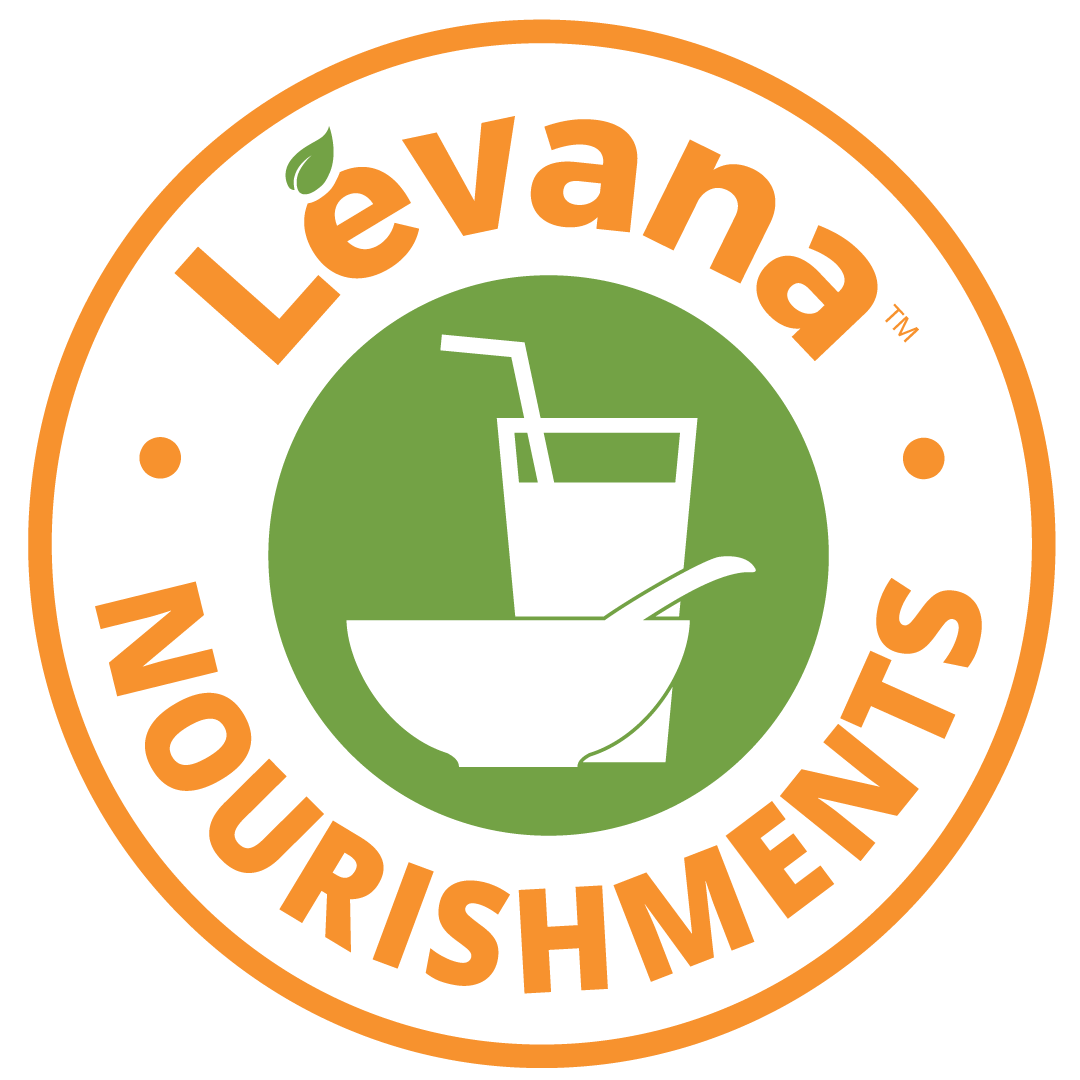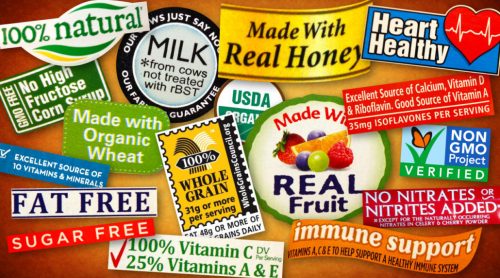Misleading food labels: I think it’s safe to say that food labels bearing false information hide in plain sight. Labels and advertising techniques are simply marketing ploys. The fancier the label and the more health claims listed is bound to increase customer sales right? Well, for the most part the ploy works. But the aisles of the grocery store should be more than just a jungle of misleading food labels and false advertising. So, how can we all become more aware and health-conscious consumers?
Read below the lines
Step one in delegitimizing misleading food labels is not falling for the words you see. Understand what the words mean. When boxed cereal claims “29 vitamins includedâ€, keep reading. The next listed ingredient you may read is “29 grams of sugarâ€. This is not exactly what you had in mind when you were on the hunt for nutritious cereal options.
Know your facts!
Processed foods claim “0 gram trans fat per servingâ€, “gluten-freeâ€, and “low-fat†on their packages. But do these labels really measure up?
What even is a trans fat? MayoClinic.org says “most trans fat is formed through an industrial process that adds hydrogen to vegetable oil, which causes the oil to become solid at room temperature.†They add that trans fat is “considered by many doctors to be the worst type of fat you can eat. According to Prevention.com, “If a product contains 0.5 grams trans fat or less per serving, the FDA says it’s okay for manufacturers to round down to zero on the label. But the WHO says you should eat no more than 2 grams of this artery clogging fat per day—a limit you could easily hit by eating only ‘trans fat free’ foods.â€
Err on the side of caution regarding these “zero†trans fat claims. These hidden trans fat can accumulate quickly if you’re not careful, negatively impacting your health. The secret? Always check the ingredient list! The food item is best left on the shelf if it contains hydrogenated vegetable oil.
Misleading food labels galore…
Another misleading food label? Foods that don’t even contain gluten to begin with have a big “gluten-free†label spread across the top. You may see this food label from grapes to candy and other non-grain products. This usually occurs when manufacturers process gluten, as well as non-gluten foods using the same equipment and machinery. If companies negated this system, consumers would be spared the confusion from believing that fruit must be gluten-free to be healthy.
Perhaps the most misleading food label is the “low-fat†sign. Beware those bright and colorful candy packages. On these, low-fat simply screams “I am made from sugar!â€. Stay far away from these misleading health claims.
Always search for the healthiest possible option
When in doubt, remember that a Levana Nourishments is always available to provide you and your loved ones with a nutritious and healthy meal. There is nothing misleading about Levana’s labels: No sugar added, nut free, gluten free, soy free, vegan, natural, and kosher. It’s all there for you to read and believe.
-Talya Hyman


Comments are closed.